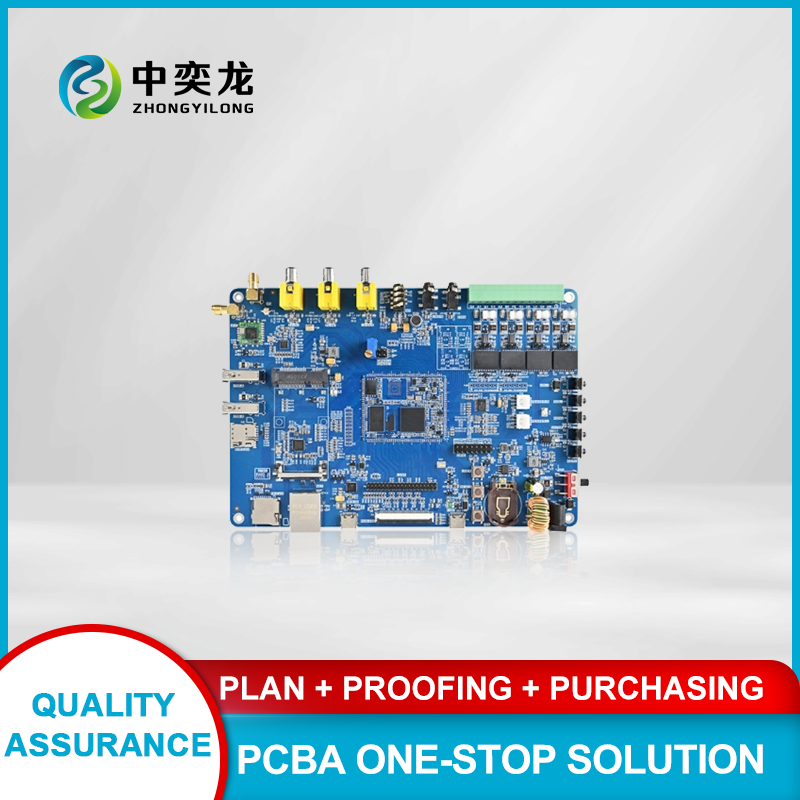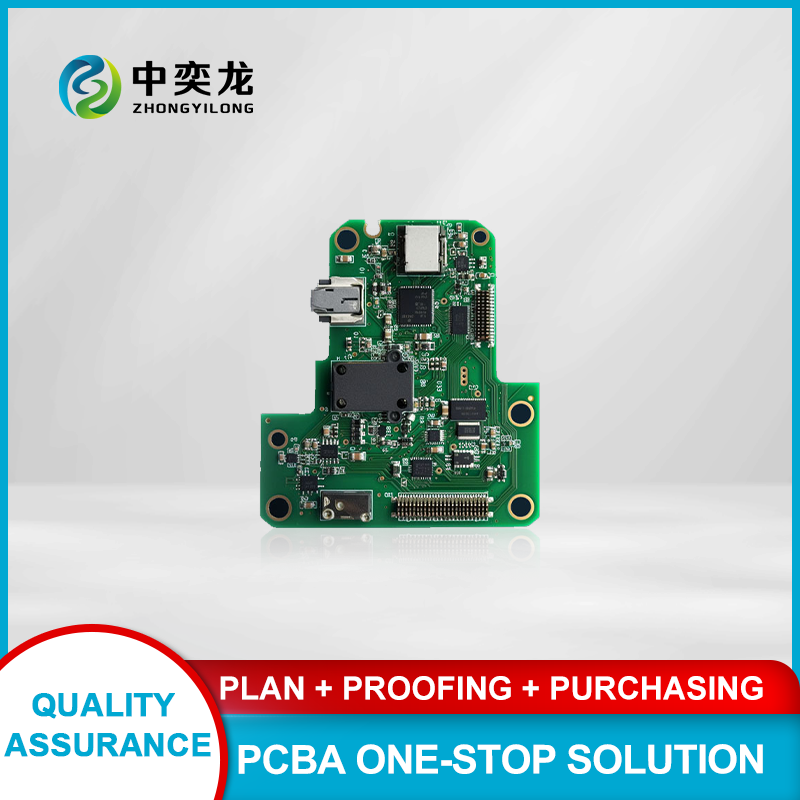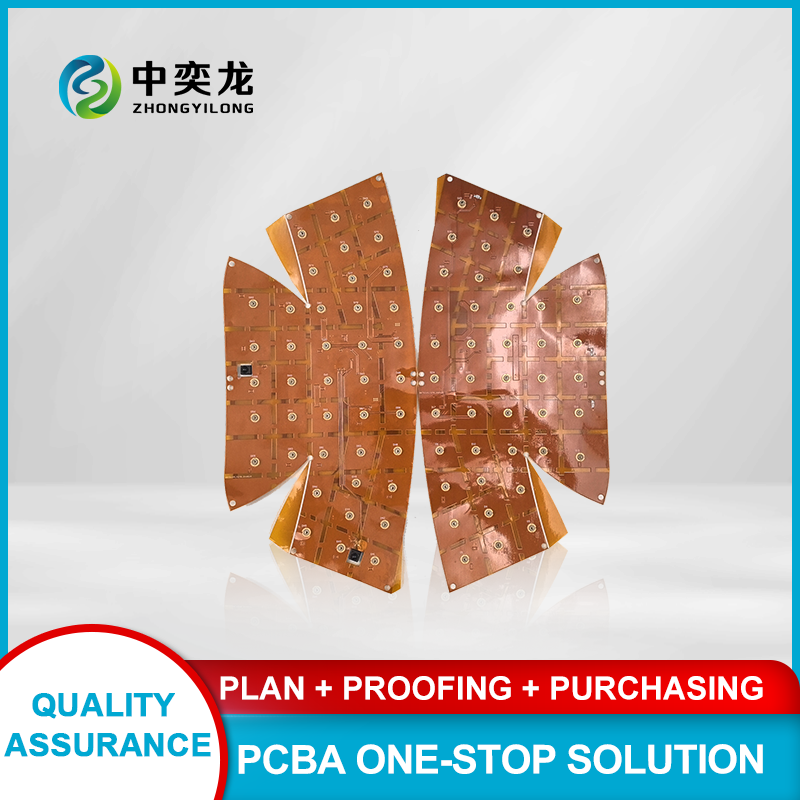
How Smartware Design is Revolutionizing PCB Assembly Processes
2025-07-13
How Smartware Design is Revolutionizing PCB Assembly Processes
Table of Contents
- 1. Introduction to Smartware Design in PCB Assembly
- 2. Understanding PCB Assembly: A Brief Overview
- 3. Challenges in Traditional PCB Assembly Processes
- 4. What is Smartware Design?
- 5. Benefits of Smartware Design in PCB Assembly
- 6. Key Technologies Driving Smartware Design
- 7. The Future of Smartware Design in PCB Assembly
- 8. Case Studies: Success Stories of Smartware Implementation
- 9. Frequently Asked Questions
- 10. Conclusion
1. Introduction to Smartware Design in PCB Assembly
The world of electronics is rapidly evolving, driven by the need for faster, more efficient, and sustainable production practices. At the forefront of this transformation is **smartware design**, which refers to the integration of advanced software technologies and intelligent systems into the printed circuit board (PCB) assembly process. This article delves into how smartware design is revolutionizing PCB assembly, enhancing productivity, and addressing the challenges faced by manufacturers today.
2. Understanding PCB Assembly: A Brief Overview
PCB assembly is a critical step in the electronics manufacturing process, where electronic components are mounted onto a PCB to create functional devices. This process typically involves several stages, including:
- **Solder Paste Application**: Applying solder paste to the PCB to prepare for component placement.
- **Component Placement**: Using machines to place components accurately onto the PCB.
- **Soldering**: Securing components through various soldering techniques, such as reflow or wave soldering.
- **Testing**: Conducting quality checks to ensure the assembled PCB meets the required specifications.
As electronic devices become more complex and compact, the demand for more sophisticated PCB assembly processes is increasing.
3. Challenges in Traditional PCB Assembly Processes
Traditional PCB assembly processes face numerous challenges that can hinder efficiency and increase costs. Here are some of the most prevalent issues:
- **Manual Errors**: Human intervention in component placement and soldering can lead to mistakes, resulting in defective products.
- **Inefficient Workflow**: Conventional assembly lines often lack automation, making them slower and prone to bottlenecks.
- **Quality Control Issues**: Ensuring consistent quality across large production runs can be challenging without advanced monitoring systems.
- **Limited Scalability**: As demand fluctuates, traditional processes may struggle to adapt quickly to changes, affecting overall productivity.
These challenges highlight the need for innovative solutions, paving the way for the adoption of smartware design.
4. What is Smartware Design?
Smartware design encompasses a range of technologies and software solutions that enhance the PCB assembly process. It integrates artificial intelligence (AI), machine learning (ML), and the Internet of Things (IoT) to create intelligent systems capable of optimizing various stages of production. Key elements of smartware design include:
- **Automated Systems**: Robotics and automation tools that streamline component placement and soldering processes.
- **Real-Time Monitoring**: IoT sensors that track production metrics and provide instant feedback to operators.
- **Data Analytics**: AI-driven analysis of production data to identify inefficiencies and areas for improvement.
- **Adaptive Learning**: Machine learning algorithms that adapt to changing conditions, optimizing processes over time.
By leveraging these technologies, manufacturers can significantly improve the efficiency and reliability of their PCB assembly operations.
5. Benefits of Smartware Design in PCB Assembly
The implementation of smartware design in PCB assembly brings numerous advantages that can transform manufacturing operations:
5.1 Enhanced Efficiency
Smartware design automates repetitive tasks, reducing cycle times and increasing output. Automated systems can work continuously, eliminating downtime and ensuring a smoother workflow.
5.2 Improved Accuracy
With advanced placement technologies and real-time monitoring, smartware design minimizes the risk of errors. This precision leads to higher-quality products and reduces the costs associated with rework and scrappage.
5.3 Greater Flexibility
Smartware systems can adapt to changes in production demands, allowing manufacturers to scale operations up or down with ease. This flexibility is crucial in today’s fast-paced electronics market.
5.4 Data-Driven Insights
The utilization of data analytics provides manufacturers with actionable insights into their operations. This information allows for informed decision-making and continuous improvement.
5.5 Sustainability
Smartware design promotes sustainable practices by reducing waste and optimizing resource use. Automated processes can limit excess materials, leading to a more eco-friendly production model.
6. Key Technologies Driving Smartware Design
Several cutting-edge technologies are integral to the evolution of smartware design in PCB assembly:
6.1 Artificial Intelligence (AI)
AI algorithms analyze vast amounts of production data to enhance decision-making and optimize processes. These systems can predict potential issues before they arise, allowing for proactive management.
6.2 Machine Learning (ML)
ML models learn from past production data to improve future processes. By recognizing patterns and trends, these systems can suggest optimal strategies for component placement and assembly.
6.3 Internet of Things (IoT)
IoT devices collect real-time data from the assembly line, enabling manufacturers to monitor performance and detect anomalies immediately. This connectivity enhances overall operational efficiency.
6.4 Robotics
Advanced robotics play a crucial role in automating complex tasks within PCB assembly. Robotic arms and collaborative robots work alongside human operators to improve speed and accuracy.
6.5 Cloud Computing
Cloud-based platforms facilitate the storage and analysis of production data. This accessibility allows for more efficient collaboration among teams and enables remote monitoring of assembly processes.
7. The Future of Smartware Design in PCB Assembly
The future of PCB assembly processes looks promising with the continued advancement of smartware design. Key trends shaping this future include:
7.1 Increased Adoption of Automation
As technology advances, more manufacturers will adopt fully automated assembly lines, reducing reliance on manual labor and increasing overall efficiency.
7.2 Enhanced Data Analytics
The integration of advanced analytics tools will allow manufacturers to gain deeper insights into their production processes, enabling continuous optimization and innovation.
7.3 Greater Focus on Sustainability
As environmental concerns grow, the electronics industry will prioritize sustainability through smartware design practices that minimize waste and energy consumption.
7.4 Customization and Personalization
Smartware design will enable manufacturers to offer more customized PCB solutions, meeting the specific needs of clients while still maintaining efficiency.
7.5 Collaboration with Suppliers
In the future, enhanced connectivity will allow manufacturers to collaborate more effectively with suppliers, resulting in a more streamlined and integrated supply chain.
8. Case Studies: Success Stories of Smartware Implementation
Real-world examples highlight the transformative impact of smartware design in PCB assembly processes:
8.1 Company A: Streamlining Production with AI
Company A implemented AI-driven analytics to optimize its PCB assembly line, resulting in a 30% increase in production efficiency and a significant reduction in defect rates.
8.2 Company B: Embracing Robotics for Faster Assembly
Company B adopted robotic systems for component placement, enabling them to reduce assembly time by 40% and improve overall accuracy in their products.
8.3 Company C: Leveraging IoT for Real-Time Monitoring
With IoT devices installed across their assembly lines, Company C was able to monitor KPIs in real time, leading to a 25% reduction in downtime and enhanced decision-making.
9. Frequently Asked Questions
9.1 What is smartware design in PCB assembly?
Smartware design refers to the integration of advanced technologies, such as AI and IoT, into the PCB assembly process to enhance efficiency, accuracy, and sustainability.
9.2 How does smartware design improve PCB assembly efficiency?
By automating repetitive tasks and providing real-time monitoring and data analytics, smartware design streamlines operations and reduces downtime.
9.3 What technologies are involved in smartware design?
Key technologies include artificial intelligence, machine learning, IoT, robotics, and cloud computing, all of which contribute to optimizing the PCB assembly process.
9.4 Can smartware design help reduce production costs?
Yes, by improving efficiency, accuracy, and resource management, smartware design can significantly lower production costs and waste.
9.5 What does the future hold for PCB assembly with smartware design?
The future will likely see increased automation, enhanced data analytics, a focus on sustainability, and greater collaboration with suppliers, all driven by smartware design.
10. Conclusion
Smartware design is undoubtedly transforming the PCB assembly landscape, ushering in a new era of efficiency, accuracy, and sustainability. As manufacturers adopt advanced technologies, they will be better equipped to meet the challenges of a rapidly evolving electronics market. The integration of AI, IoT, and automation not only streamlines the assembly process but also fosters innovation and collaboration within the industry. By embracing smartware design, companies can position themselves for success in an increasingly competitive environment, ensuring they remain at the forefront of PCB assembly advancements.
Related News













 WhatsApp
WhatsApp
 E-mail
E-mail